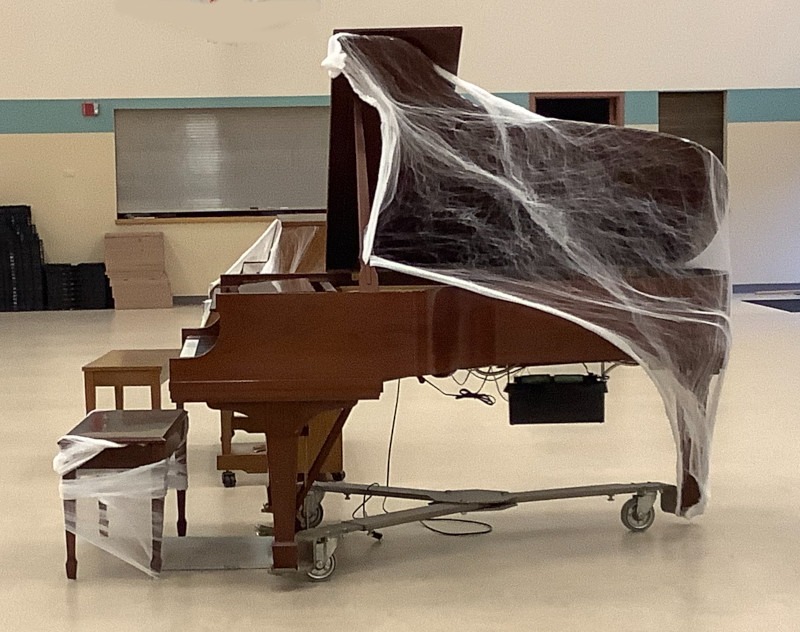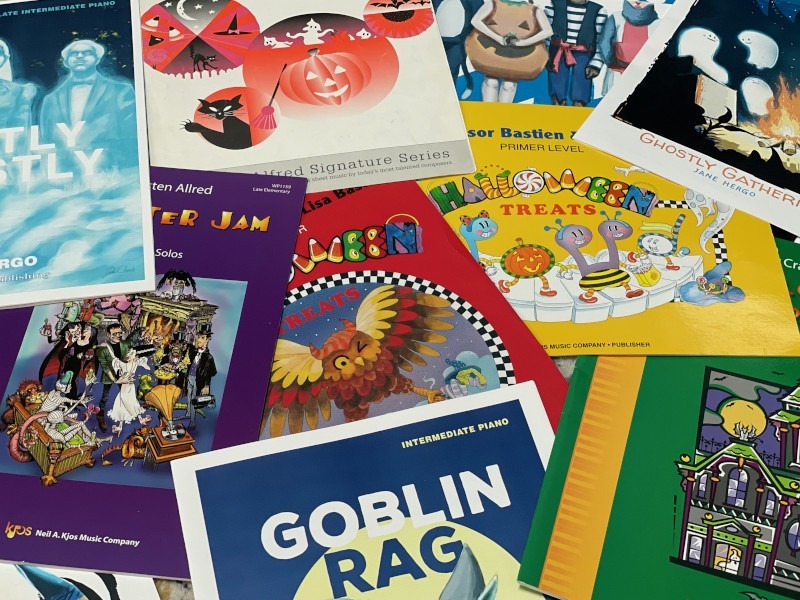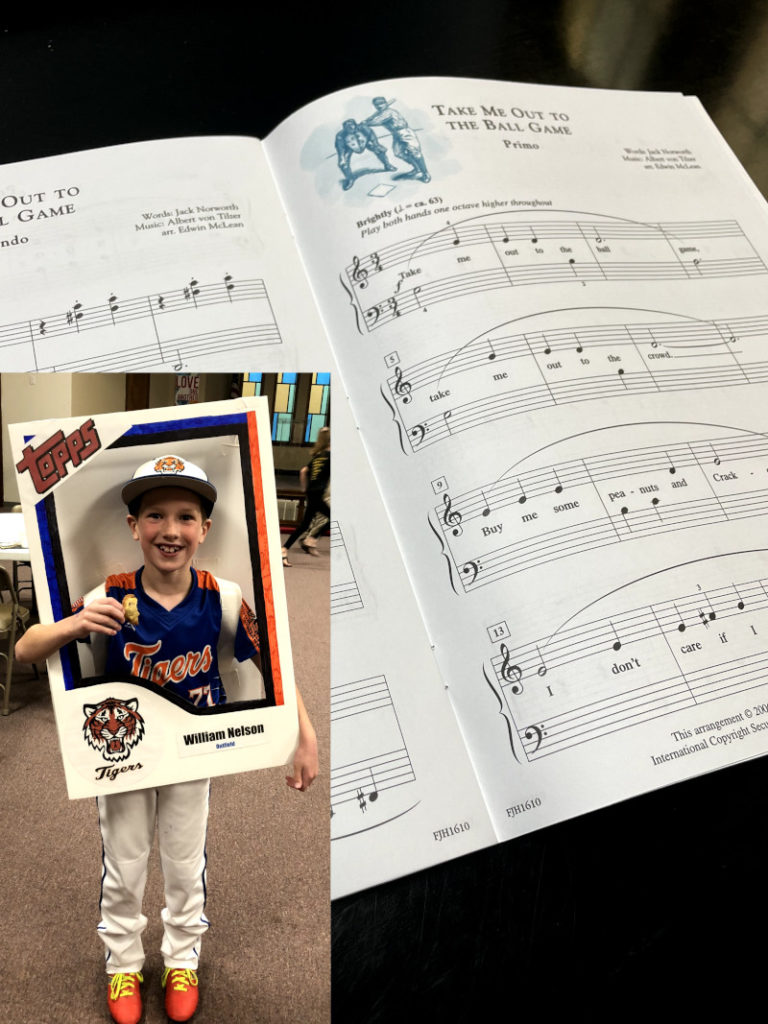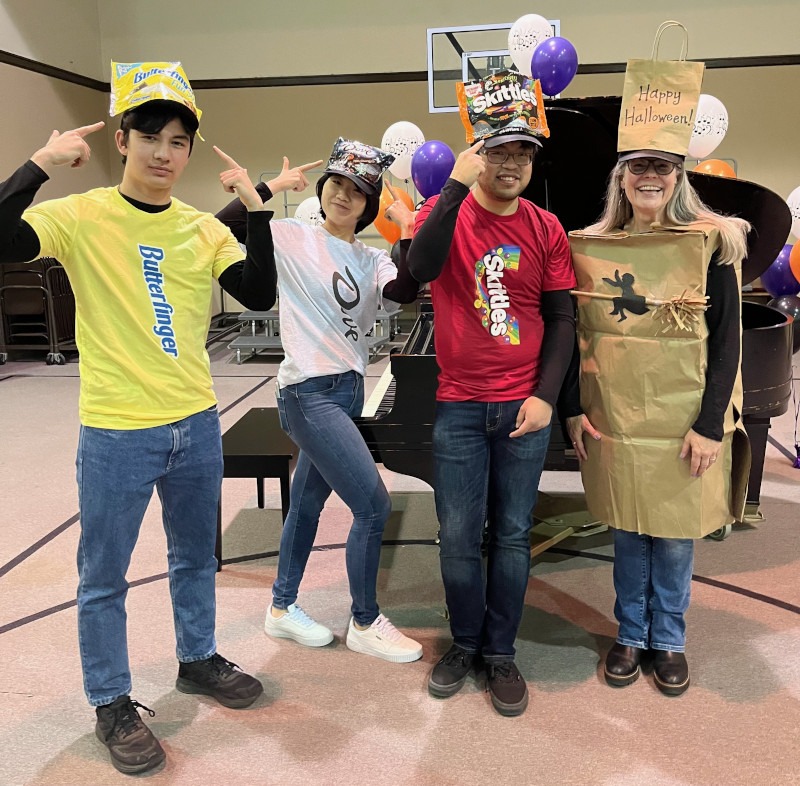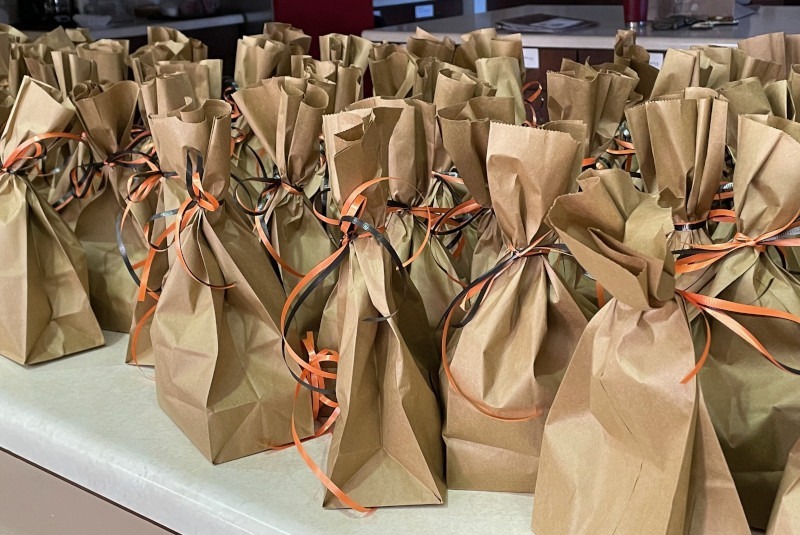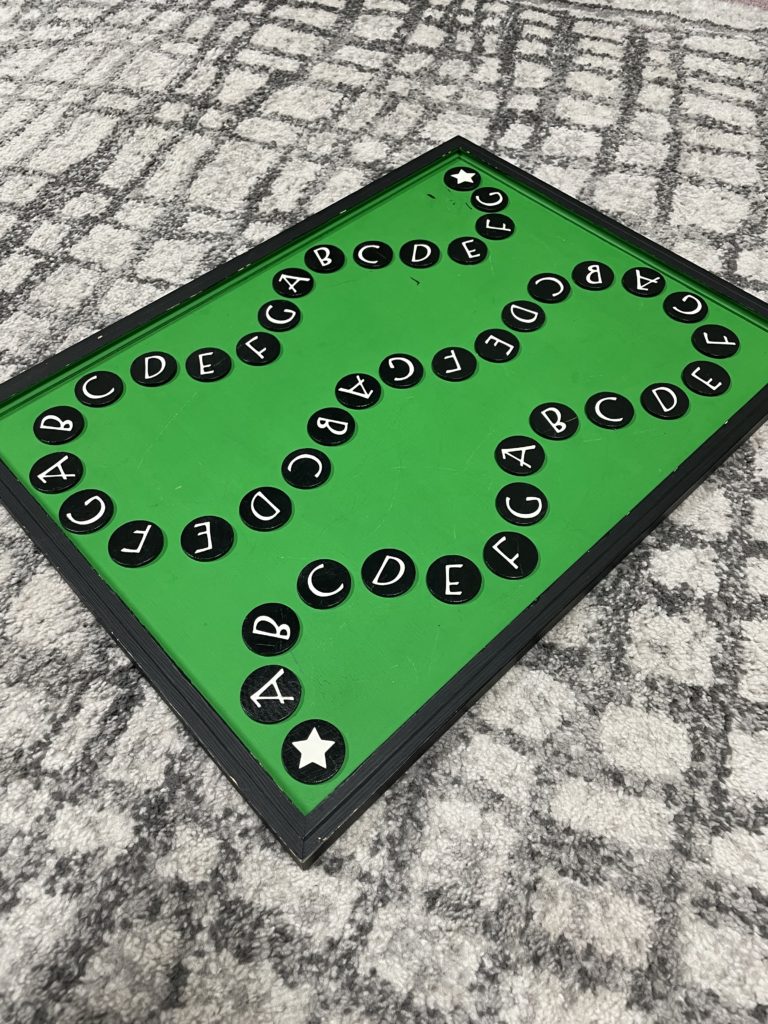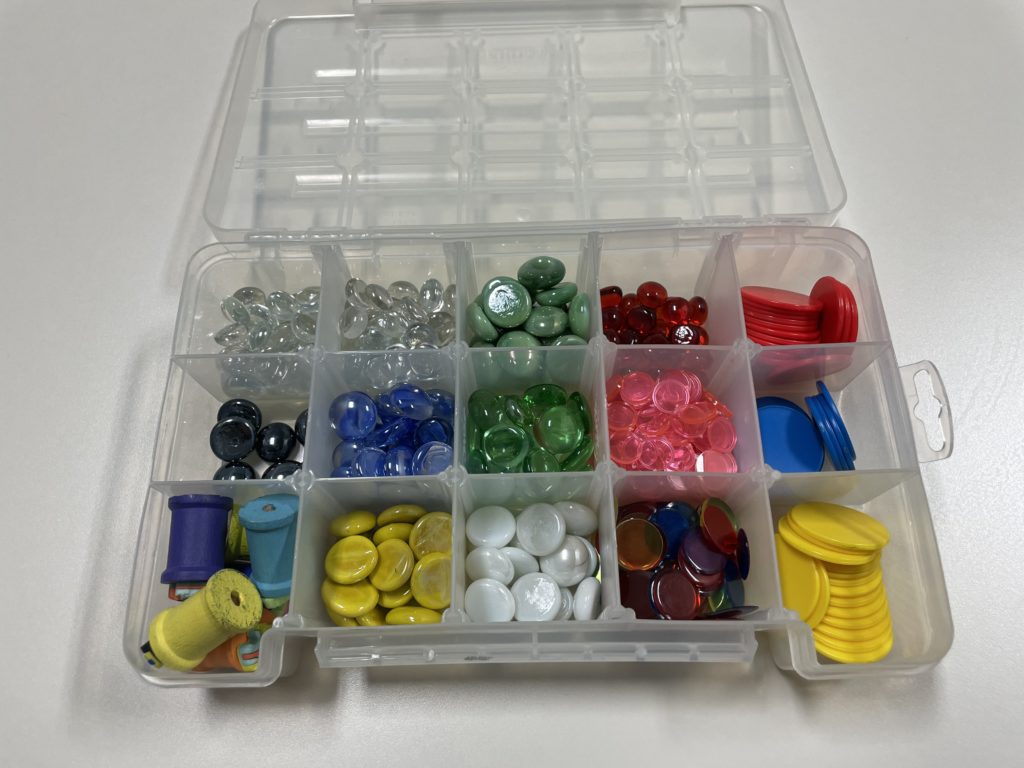Hi Teachers! Having a system for organizing a music library in your studio brings efficiency to the busy life of music teachers. How many times have you been unable to locate a book you know you have in your studio, only to uncover it a month later, long after the moment has passed that you needed it? Creating a home for every piece of music you own is the key to success here, but it has challenges and takes a bit of time up front. The benefits of taking that time, however, will come back to serve you again and again.
Over the years, I have collected several bookcases of music. This is my permanent and most extensive library. All my books and sheet music have permanent housing space there. Each piece of music is labeled with a category and level and has a home in the corresponding section of the library. I consult my music library any time I need to decide what to give a student next.



My second level of organization involves having a place to keep music close to my teaching area. This is for materials I am actively using in lessons with students. Even though my students own their own copies of the music, I also keep my copies near so I can give students more space at the piano. Especially when I’m teaching in a room that has two pianos, it’s essential that I have my own scores so I can efficiently demonstrate and use the lesson time efficiently. Having all of this at my fingertips has been a challenge for me over the years, but I think I finally have a system that works for me. First, I house copies of the entire method book series and the entire literature book series that I favor right by the piano. That way I can pull whichever book I need at any time and know exactly where to return it. Also, I have dividers with each of my students’ names so that I can keep a copy of all supplementary materials (specific to each student) within reaching distance of the piano as well. When each lesson is complete, I’ve trained myself to put everything back in place. Having a permanent home (my extensive library where everything ultimately goes) AND a temporary home (within reaching distance of my teaching post) has been the key for me to having a system that functions well with the fluctuating needs of my teaching year.




